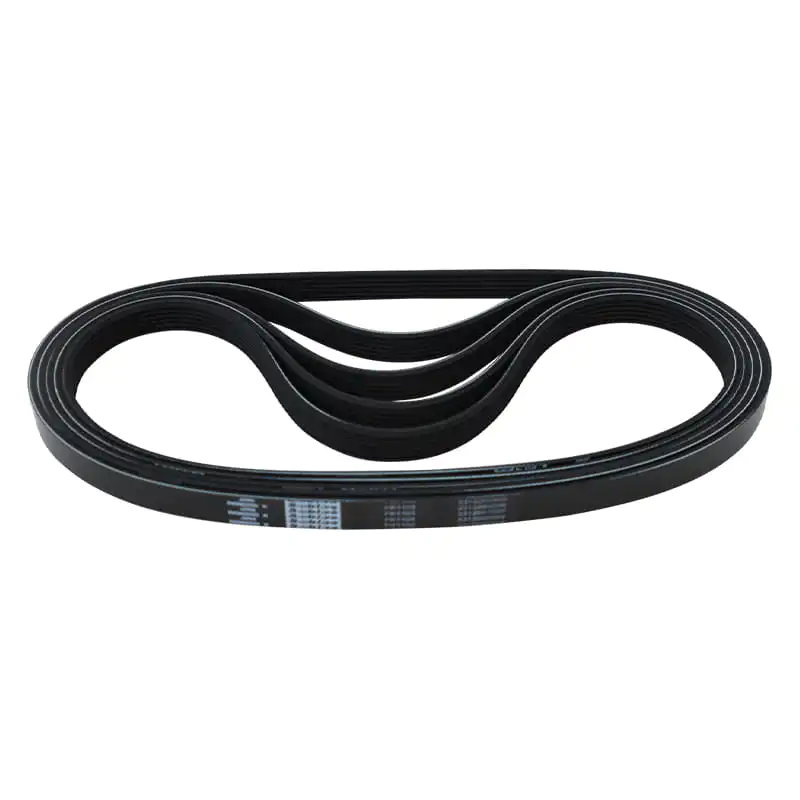Rubber belts are widely used in industries, automobiles, and household appliances. However, in high temperature environments, the performance of rubber materials may be severely affected, resulting in belt failure. In order to ensure the stability and service life of rubber belts in high temperature conditions, it is crucial to take appropriate precautions. This article will introduce effective strategies to prevent rubber belts from failing in high temperature environments.

1. Choose the right rubber material
Different types of rubber materials have different heat resistance properties. In high temperature environments, choosing synthetic rubber such as fluororubber (FPM), silicone rubber (SI), or heat-resistant rubber can significantly improve the high temperature resistance of rubber belts. Understanding and selecting the right rubber material for a specific application is the first step to prevent failure.
2. Regular inspection and maintenance
Inspect rubber belts regularly to pay attention to signs of aging, cracks, or deformation. Aged and damaged rubber belts are more likely to fail in high temperature conditions. Ensure that the belt is properly installed and tensioned to avoid excessive wear and load.
3. Use cooling measures
In high temperature environments, reasonable cooling measures can help reduce the operating temperature of rubber belts. For example, coolant or fans are used in the transmission system to reduce the temperature and ensure that the rubber belt is at a lower operating temperature, thereby extending its service life.
4. Avoid direct exposure to high temperature sources
During the design and installation process, try to avoid direct contact between the rubber belt and high temperature sources, such as hot equipment or exhaust pipes. The rubber belt can be protected by appropriate insulation materials or barriers to reduce heat conduction.
5. Monitor the working environment
Regularly monitor the temperature and humidity of the working environment of the rubber belt to ensure that it operates within a safe range. The combination of high temperature and high humidity may accelerate the aging process of rubber, so these factors should be considered when designing the system.
6. Use lubricants
For some applications, the use of suitable lubricants can reduce friction and heat generation, thereby reducing the thermal load on the rubber belt. Make sure that the lubricant used is compatible with the rubber material to avoid damage caused by chemical reactions.
7. Regular replacement
Even if all precautions are taken, aging of rubber belts in high temperature environments is inevitable. Therefore, developing a regular replacement plan to ensure that the rubber belt is replaced in time before it fails is key to maintaining the normal operation of the system.














